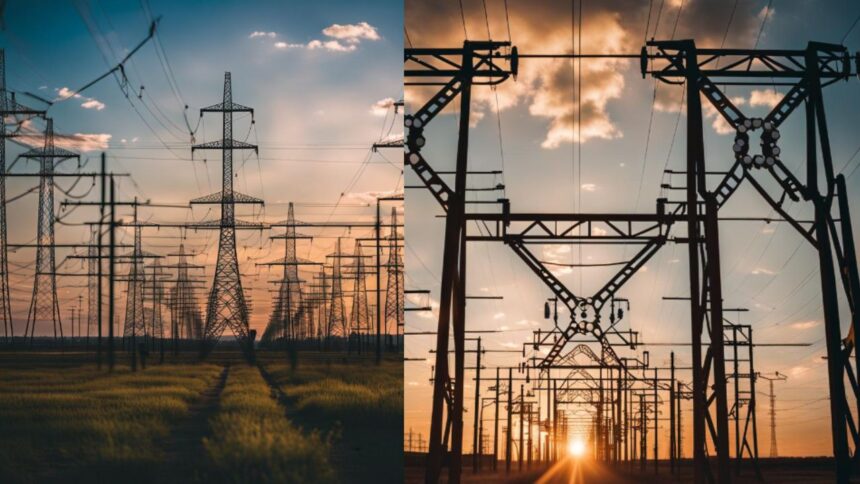As Texas positions itself at the forefront of the (AI) revolution, a critical question looms: Can the state’s electric grid withstand the immense power demands of this transformative technology?
With AI poised to reshape industries and drive economic growth, Texas faces the challenge of balancing its ambitious goals with the realities of its aging power infrastructure.
The AI Land Grab
Across the Lone Star State, from the oil fields of the Permian Basin to the wind-swept plains of West Texas, companies are racing to establish data centers near power generation sites.
This strategic move aims to harness underutilized clean energy and reduce carbon emissions. Lancium, an energy and data center management company, is among the many players in this “land grab“.
The allure of AI has spurred a construction boom, with companies like OpenAI, Amazon, Microsoft, and Google either building or scouting locations for massive data centers.
These facilities, housing the infrastructure necessary to power large language models, dwarf the demands of traditional data centers.
Straining the Power Grid
However, this surge in AI-related energy consumption is putting unprecedented strain on the U.S. electric grid. Grid Strategies warns that “The U.S. electric grid is not prepared for significant load growth.“
The projected five-year growth forecast for North America has nearly doubled from 2.6% to 4.7%, with peak demand expected to increase by a staggering 38 gigawatts – enough to power 12.7 million homes.
Crypto mining, which accounted for 0.6%-2.3% of U.S. electricity demand last year, is also expected to grow “considerably”.
Combined with the rise of electric vehicles and smart appliances, these factors pose daunting challenges for power companies.
Balancing Sustainability and Reliability
As Texas grapples with this energy crunch, environmental concerns add another layer of complexity. While there is a push for cleaner energy production methods like solar, many of these projects are not yet online.
Utility companies are lobbying to delay the shutdown of fossil fuel plants and even bring more online to meet the surging demand.
Connecting new loads to the grid may take only a few years, but bringing new generation online and building transmission connections between regions for power sharing during peak periods could take over four years.
This disparity highlights the urgent need for long-term planning and investment in grid infrastructure.
Harnessing AI for Grid Resilience
Despite the challenges, AI itself may hold the key to bolstering the power grid’s resilience. Researchers like Javad Mohammadi from the University of Texas at Austin are using AI to infuse sensing and communication capabilities throughout the electrical grid.
By coordinating a network of intelligent devices, from electric cars to smart thermostats to solar panels, the grid could respond more effectively to emergencies and reduce energy usage during times of strain.
If you were to coordinate all these devices, that would give you an army of intelligent devices that could talk to each other and respond to emergencies, explains Mohammadi.
The Path Forward
As Texas navigates this complex landscape, collaboration between government, industry, and academia is crucial. The state’s designation of 2024 as the “Year of AI” underscores its commitment to leadership in this field.
However, addressing the power grid’s limitations will require significant investments in infrastructure upgrades, long-term forecasting, and equitable access to resources.
Texas has the opportunity to set a global example by demonstrating how to responsibly harness the power of AI while ensuring a reliable and sustainable energy future.
The road ahead is challenging, but with strategic planning and innovative solutions, the Lone Star State can lead the way in the AI revolution while keeping the lights on for all.
Check Also: Bella Hadid Finds Love and a New Life in the Lone Star State





